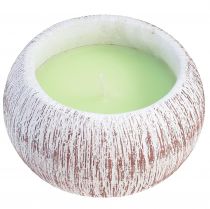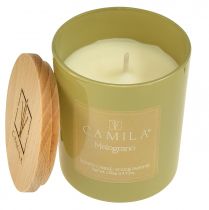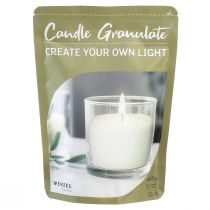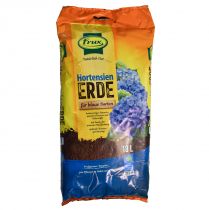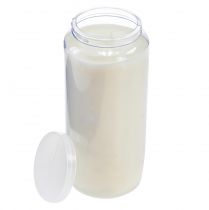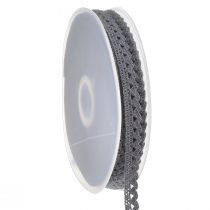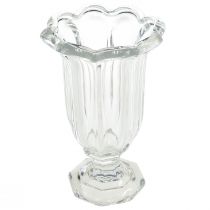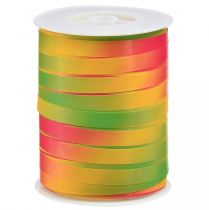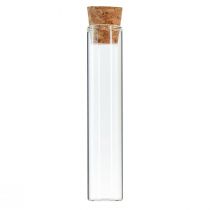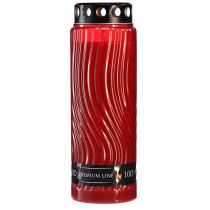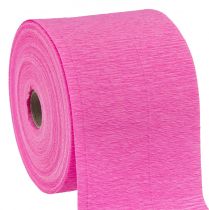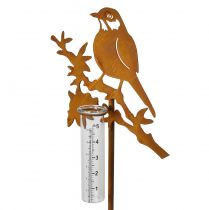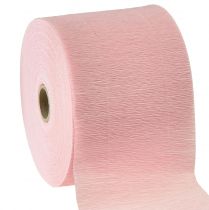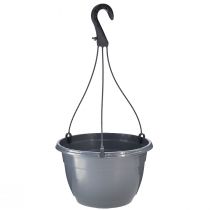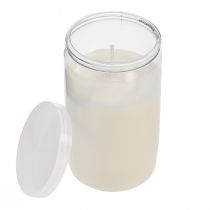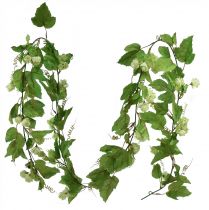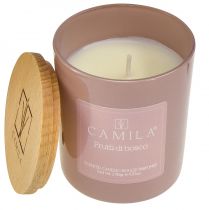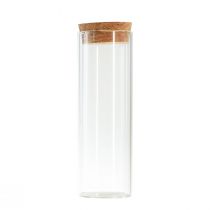bonsai soil
![]() Bonsai earth is a special, nutrient-rich soil, as used in the Japanese and Chinese horticultural art of bonsai. In this Asian trees are now grown as well as European variants in deliberately small planters and here continuously cut in size, making the trees adopt a tree shape in miniature format. The constant urge of the plant to grow and the permanent intervention from outside represent a special challenge for any wood, which must be addressed with the right nutrients and thus also high-quality bonsai earth. Classic potting soil is not suitable for the cultivation of bonsai trees, because the coordination of nutrients is not ideal here. In contrast, industrially produced bonsai earth offers a targeted mixture of peat, loam and sand, which in a certain proportion to each other is optimally suitable for almost all bonsai species. Individual copies have special requirements, in this case the specialized trade is to be consulted and to inquire about their own the standardized bonsaierde for their own needs. Some gardening enthusiasts, who feel closely tied to the tradition of bonsai, even create the right mixture of their individual bonsai soil. Anyone who would like to spare this effort as a breeder can, however, acquire in the present time very well coordinated products in the diversified specialized trade.
Bonsai earth is a special, nutrient-rich soil, as used in the Japanese and Chinese horticultural art of bonsai. In this Asian trees are now grown as well as European variants in deliberately small planters and here continuously cut in size, making the trees adopt a tree shape in miniature format. The constant urge of the plant to grow and the permanent intervention from outside represent a special challenge for any wood, which must be addressed with the right nutrients and thus also high-quality bonsai earth. Classic potting soil is not suitable for the cultivation of bonsai trees, because the coordination of nutrients is not ideal here. In contrast, industrially produced bonsai earth offers a targeted mixture of peat, loam and sand, which in a certain proportion to each other is optimally suitable for almost all bonsai species. Individual copies have special requirements, in this case the specialized trade is to be consulted and to inquire about their own the standardized bonsaierde for their own needs. Some gardening enthusiasts, who feel closely tied to the tradition of bonsai, even create the right mixture of their individual bonsai soil. Anyone who would like to spare this effort as a breeder can, however, acquire in the present time very well coordinated products in the diversified specialized trade.
